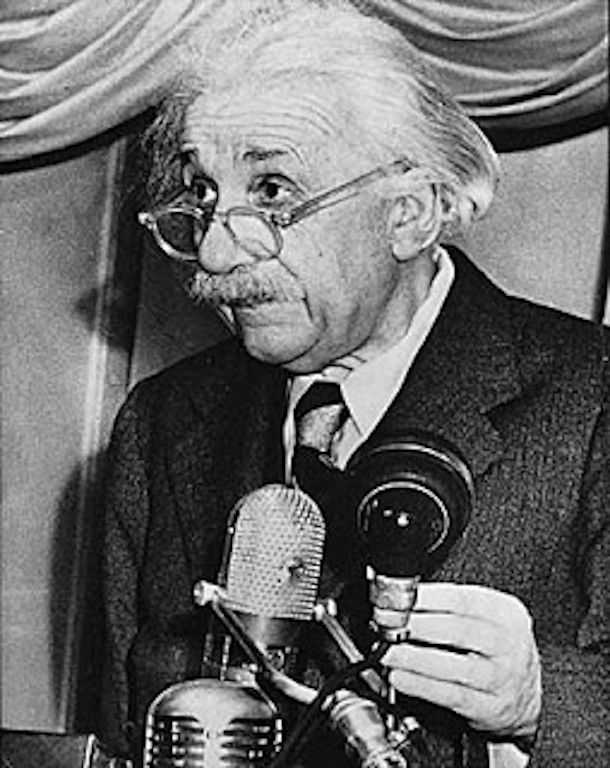Lasers

Optical fibers
Lasers are an essential part of fiber communication. Ordinary wiring transmits data as electrical impulses. Optical fibers have a laser that encodes the signal as a rapid series of light pulses that then pass through a plastic or glass fiber. For example, data can be sent at lightning speed, up to 100 billion bits (binary digits) per second, thousands of times faster than via copper wire. An additional advantage is that optical fibers are not sensitive to electromagnetic interference or resistance losses. Electric signals lose power because they heat up the metal they are going through. Optical fibers are likely to have other applications in the future, such as sending data through superfast information processors, also known as quantum computers.
Optical media
Withou lasers there were no music CDs and DVDs or Blu-ray discs with high quality films. The disks are a way of capturing information called "optical data storage." It works with pits in the surface of a mirror disc. The wells are separated by raised edges or 'islands'. The precise distance between a well and an islet records the data as a series of binary ones and zeros. A laser shines on the rotating disk to read the data. When the laser beam falls on a well or an island, it bounces off a light sensor. This corresponds to the bit value 0. When the laser beam goes from a well to an islet or vice versa, it briefly misses the sensor and registers a binary 1.
Nuclear fusion
The current nuclear power plants work according to the principle of nuclear fission, the splitting of heavy atoms to release energy. There is also another form of nuclear energy, nuclear fusion, in which energy is generated by fusing lighter atoms such as hydrogen. Because hydrogen is widely available in the world (it is in water) and because fusion is much safer than splitting, many consider it the energy source for the future. However, there is a practical problem, which is to generate the high temperatures (several tens of millions of degrees) required to get the process going. At the moment it is mainly being investigated whether it is possible to heat and compress the clumps of fusion fuel with powerful laser beams.